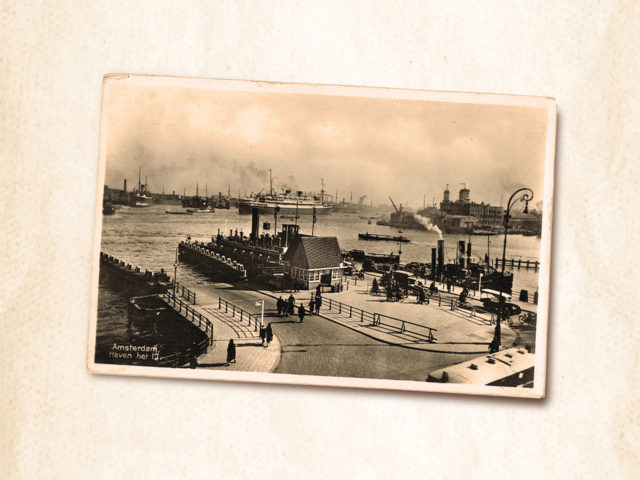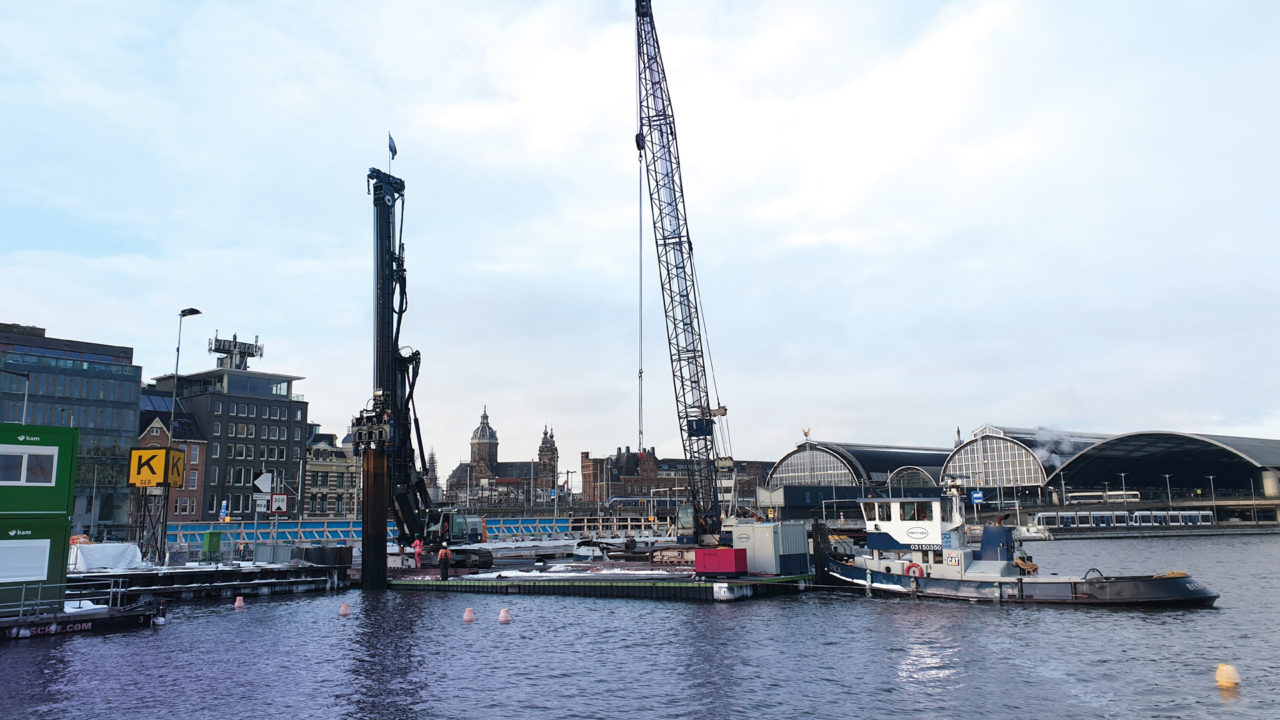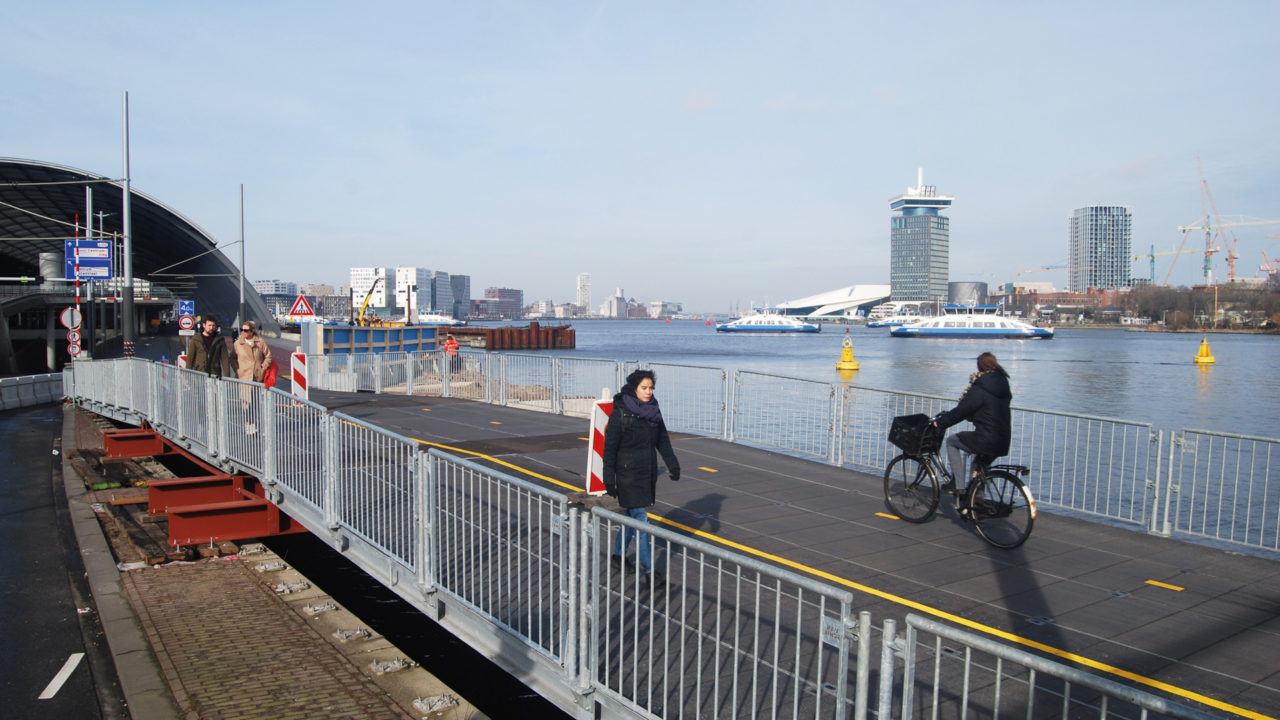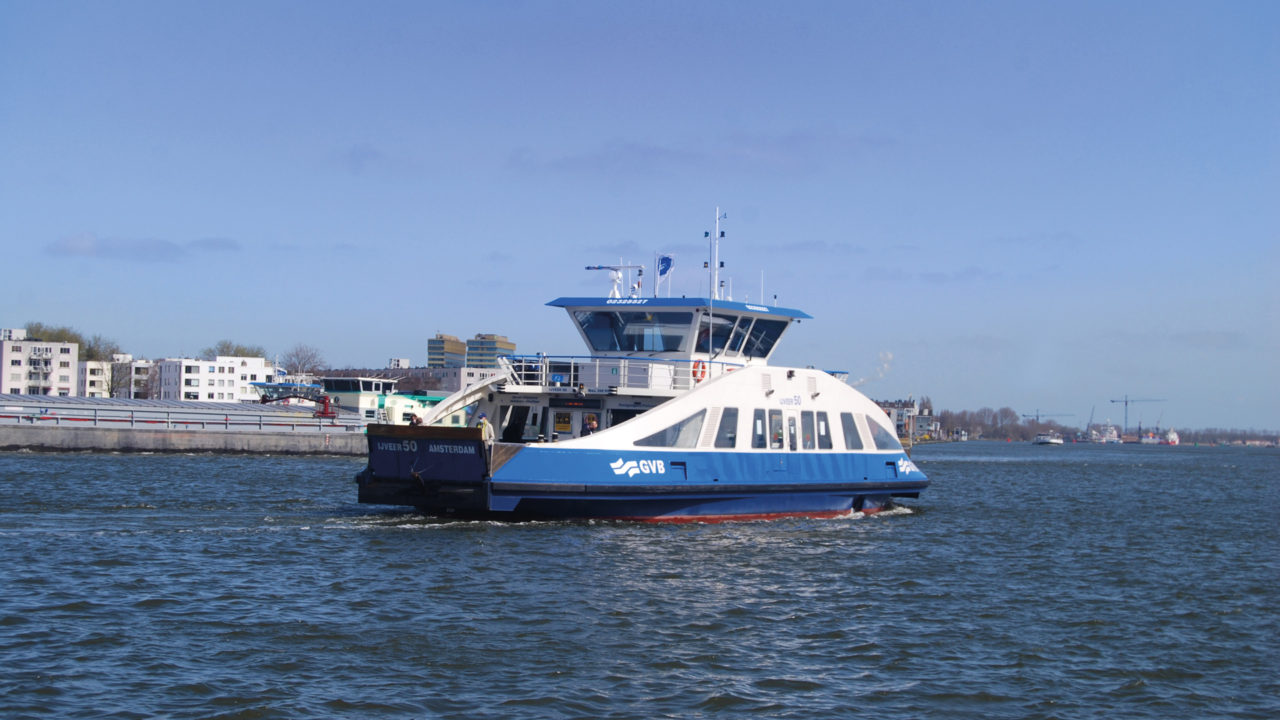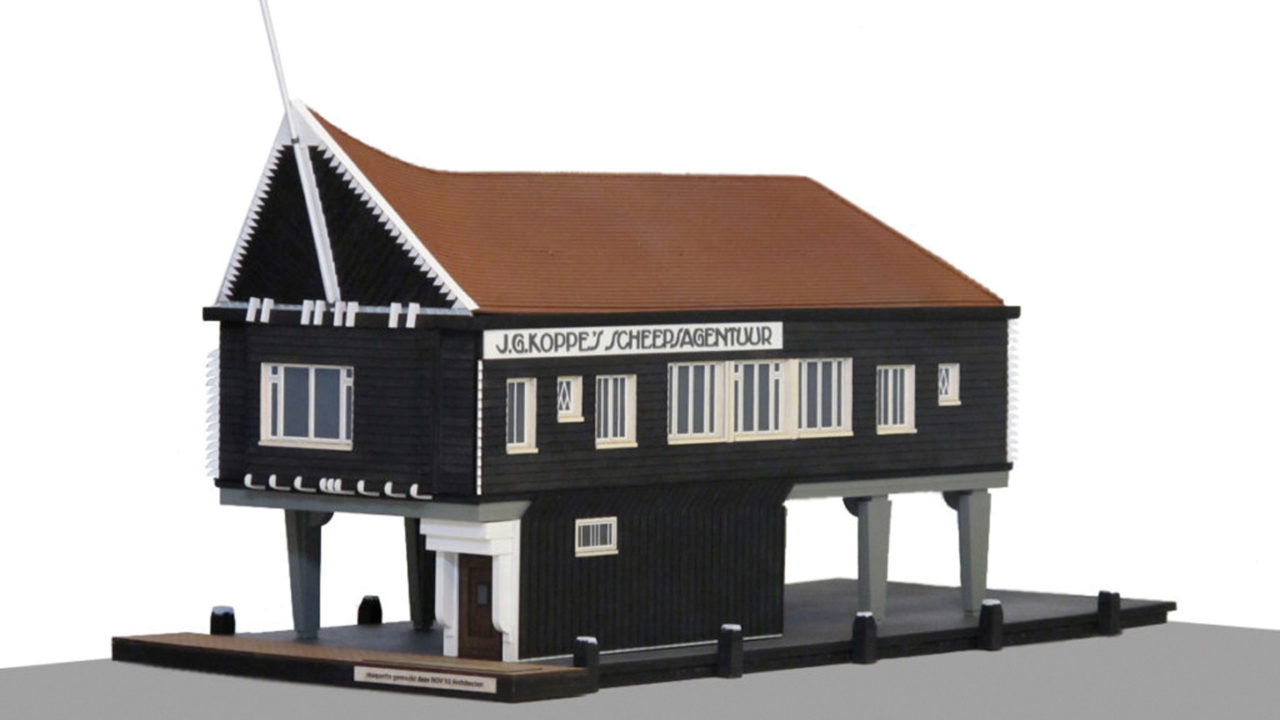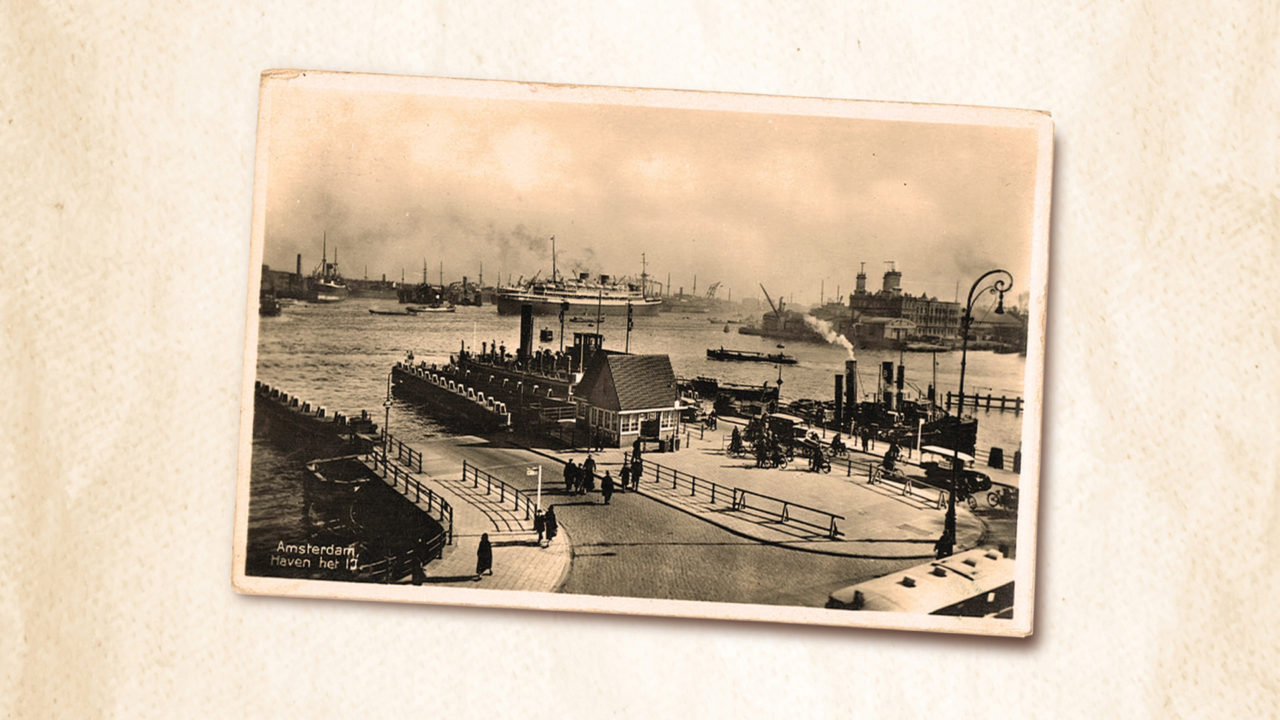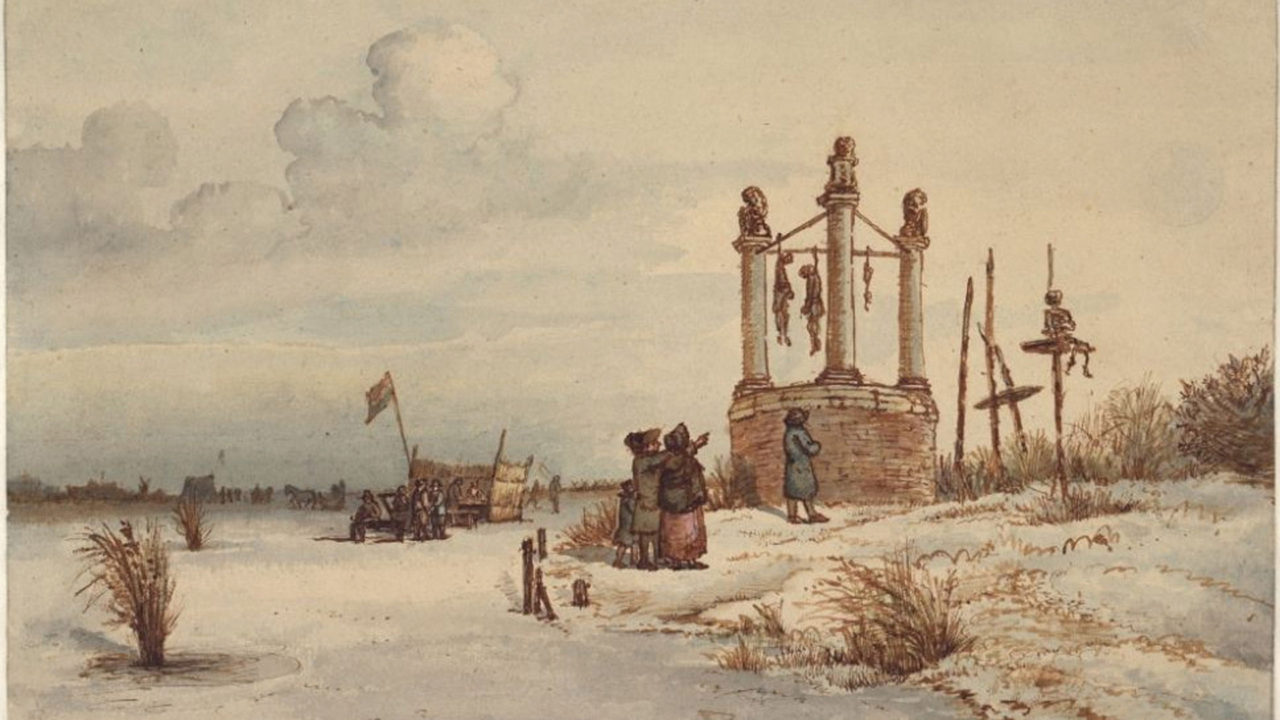The Siberia of Amsterdam
Once, Amsterdam-North was a swampy peninsula that was constantly flooding. The only elevated piece of land was Volewijck. The city government had established the Galgenveld there. Criminals were hung there over the gallows pit, the strangled hung from a pole and the robed were placed on a wheel and quartered. The corpses on display were at the mercy of weather, wind and hungry birds. The rotting bodies were supposed to scare people away.
This gallows hill was easily visible from the city and also from the ships entering Amsterdam. That’s how everyone knew not to play pranks in this town. The crossing to this place became an enjoyable outing for the population; on Sundays, people liked to be rowed there to watch the hangings. Whole families, with children and all. After all, they did not have to grow up “before gallows and the wheel.
With the arrival of the French in 1795, the gallows field was disbanded. They thought it was inhumane. But they themselves came up with the guillotine! The little boats that people used to go to North for a fee were in fact the precursors of the ferry. In 1860, a private steam ferry went across for the first time. And in 1897 the operation came into the hands of the Municipality of Amsterdam.
North became an urban district with an unusual structure. Between the industry and the shipyards the garden villages emerged: Floradorp, Van der Pekbuurt, Disteldorp, Vogelenbuurt. Appreciation for this part of town was far from forthcoming for a long time. This was mainly because of Asterdorp, a communion meant for antisocials who got too out of hand even in the Jordaan. A kind of “residential school” where people were trained to become “decent citizens.
It was often popularly called “North Disturbed” and “The Siberia of Amsterdam. If you were an “overachiever,” you were often frowned upon and could hardly get work. Today, the roles are completely reversed. Asterdorp no longer exists and living in North is now more popular than ever.


